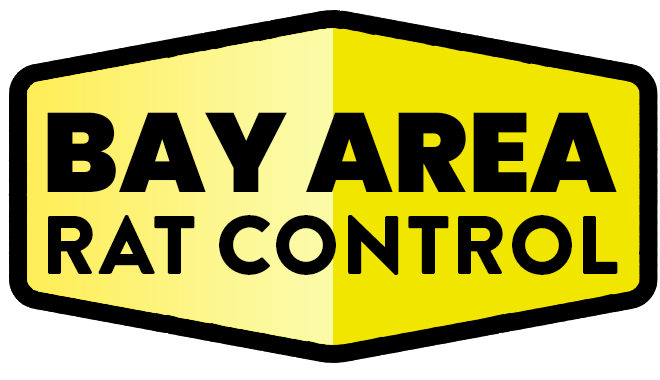Opening Thoughts
Rats can adapt to various environments, from urban homes to rural farms and bustling businesses. Each setting presents unique challenges that require tailored solutions. This guide offers specific tips for controlling rats in different situations and environments, ensuring effective management regardless of your circumstances.
Rat Control in Homes
Challenges
- Rats often nest in attics, basements, or walls, making them difficult to detect and remove.
- Food storage areas, pet bowls, and trash bins attract rodents.
Tips
- Inspect Regularly:
- Check for droppings, gnaw marks, or greasy trails near food sources and entry points.
- Seal Entry Points:
- Use steel wool or caulk to block gaps around doors, windows, and pipes.
- Set Traps:
- Place snap traps or electronic traps along walls and near suspected nesting areas.
- Sanitize:
- Store food in airtight containers and remove trash daily.
Rat Control in Businesses
Challenges
- High foot traffic and storage of perishable goods increase the risk of infestation.
- Compliance with health regulations is critical to avoid penalties or closures.
Tips
- Regular Inspections:
- Schedule routine pest control checks, especially in kitchens and storage areas.
- Waste Management:
- Use sealed, rat-proof trash bins and schedule frequent waste pickups.
- Train Staff:
- Educate employees about recognizing signs of rat activity and maintaining cleanliness.
- Integrated Pest Management (IPM):
- Combine exclusion, sanitation, and monitoring for comprehensive control.
Rat Control in Apartments and Condos
Challenges
- Shared walls and utilities allow rats to travel between units.
- Inconsistent cleanliness among tenants may attract rodents.
Tips
- Collaborate with Tenants:
- Distribute guidelines on preventing infestations, such as proper food storage and reporting signs of activity.
- Seal Shared Spaces:
- Inspect and seal gaps in shared walls, utility lines, and vents.
- Common Area Maintenance:
- Ensure lobbies, hallways, and trash rooms are clean and free of debris.
- Hire Professionals:
- Work with pest control experts to create a building-wide prevention plan.
Rat Control in Farms and Rural Areas
Challenges
- Abundant food sources like grain, feed, and crops attract large rat populations.
- Open spaces and natural shelter make exclusion more difficult.
Tips
- Protect Food Supplies:
- Store grain and feed in metal or heavy-duty plastic containers with tight lids.
- Maintain Cleanliness:
- Remove spilled feed, debris, and clutter from barns and storage areas.
- Set Outdoor Traps:
- Use weather-resistant bait stations and traps around perimeters.
- Natural Predators:
- Encourage barn owls or snakes to inhabit the area for natural pest control.
Rat Control in Restaurants and Food Service Facilities
Challenges
- Food preparation, storage, and waste management create ideal conditions for rats.
- Health inspections demand strict pest control practices.
Tips
- Daily Cleaning:
- Clean floors, counters, and grease traps at the end of each shift.
- Proper Food Storage:
- Use airtight containers for all ingredients and leftovers.
- Monitor High-Risk Areas:
- Inspect kitchens, storage rooms, and trash areas regularly.
- Hire Pest Control Services:
- Partner with professionals for regular inspections and tailored treatment plans.
Rat Control in Warehouses and Storage Facilities
Challenges
- Large spaces and hidden areas make infestations harder to detect.
- Stored goods provide ample food and shelter for rats.
Tips
- Organize Storage:
- Keep goods elevated and away from walls to allow easy inspections.
- Seal Entry Points:
- Inspect loading docks, doors, and windows for gaps or cracks.
- Use Smart Traps:
- Install monitoring systems to track rat activity in real-time.
- Routine Inspections:
- Schedule frequent checks, especially in high-traffic areas.
Rat Control in Outdoor Spaces
Challenges
- Gardens, sheds, and trash bins provide food and shelter.
- Open environments make exclusion more challenging.
Tips
- Secure Trash:
- Use heavy-duty, sealed trash bins and keep them away from living spaces.
- Garden Maintenance:
- Harvest ripe crops promptly and remove fallen fruits or vegetables.
- Block Access to Sheds:
- Seal gaps around doors and windows, and store items off the ground.
- Set Outdoor Traps:
- Use tamper-resistant bait stations near perimeters.
Mistakes to Avoid in Rat Control
- Ignoring Early Signs:
- Delaying action allows infestations to grow, making them harder to manage.
- Relying on Single Methods:
- Effective rat control requires a combination of traps, exclusion, and sanitation.
- Improper Trap Placement:
- Placing traps in low-traffic areas reduces their effectiveness.
Final Thoughts
Different environments and situations require tailored rat control strategies to address their unique challenges. By applying the specific tips outlined in this guide, you can effectively manage and prevent rat infestations in any setting. For persistent issues or large-scale infestations, partnering with a professional pest control service ensures comprehensive and lasting results.
Relevant Links/Sources:
Rat Control for Homes and Businesses – EPA
Integrated Pest Management for Urban Areas – NPMA
Pest Control in Specific Environments – PestWorld
